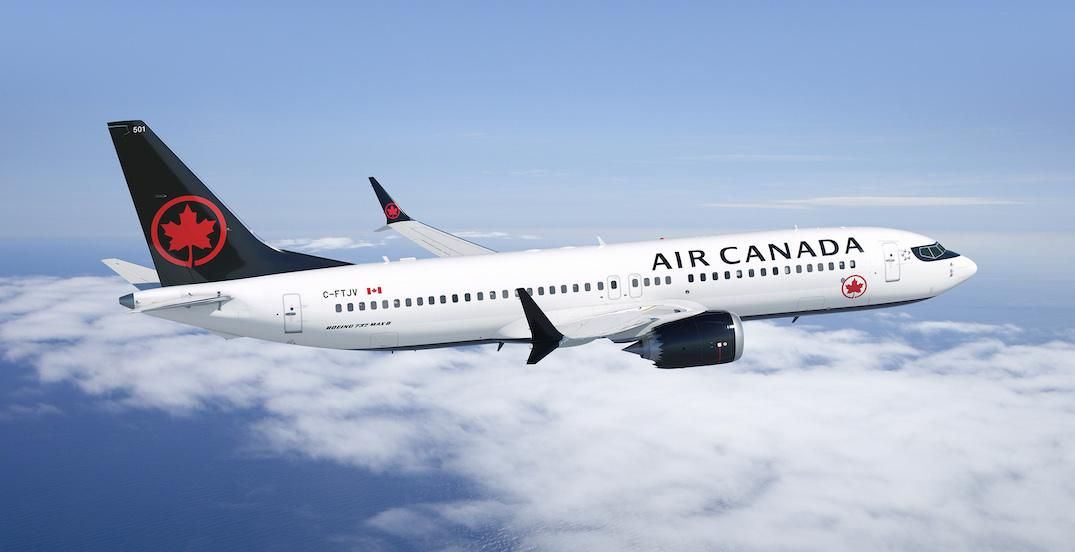Canadian politicians say its regulators should be “skeptical” of FAA aircraft certifications and do their own validation of new designs. The House of Commons transport committee wants Transport Canada to do its own recertification design changes rather than just accept the FAA’s recommendation. “The committee heard numerous concerns regarding the involvement of manufacturers in the certification process and the possibility of industry pressure on Transport Canada as the regulator,” the report said. Canada was slow to ground the MAX after two fatal crashes in late 2018 and early 2019 and it also delayed the return to service in early 2021 so it could do a thorough review of the FAA’s recertification data. There were 18 Canadians aboard Ethiopian Airlines Flight 302, which crashed near Addis Ababa.
The parliamentary committee said many witnesses testified that Transport Canada is “overly reliant” on the FAA and other foreign authorities for certification, “raising concerns of rubber stamping” certifications. Among the other recommendations were including pilots and flight attendants in the certification process, more collaboration with safety organizations in other countries and the reestablishment of an “aviation regulatory council” to review the work. It also wants a report from Transport Canada on what it learned from the MAX experience.




































As a Canadian aviator and tax payer for nearly 50 years I suggest our parliamentarians keep their mouths shut. They are woefully illinformed and inept in matters concerning aviation from top to bottom. Transport Canada does not have the in house expertise to do certification on this scale and contracts out engineering even for STCs. This is political posturing over the 737 crash, nothing more.
We don’t need a repeat of the NIH behaviour circa 1970, which leaders Gerry Marsters, Craig Beard, and Duncan Marshall redirected. (Motivation for NIH from Canadians was trim upset of a DC-8.)
As for resources:
– TC did handle the C-series airliners which are full complex, I understand it is doing well in service, and handles civilian Bell models and the engines from P&WC.
– FAA didn’t have resources to even do their assigned part of the 737MAX
– I do not believe your claim about who handles STCs, in the way you infer. Typically they are mostly handled by delegated Design Approval Representatives (like DERS in the US) or organizational equivalents as Boeing has Larger, unique, and unlimited ones would have more involvement of TC engineers.
Idiot politicians overlook that:
– manufacturers designers have the real expertise in how the systems work
– gummint is hardly infallible, last week I had to spent time straightening out three tax operations.
I’m going to say that every airplane has hidden quirks. I will go further to suggest that some “pilots” do not have sufficient mechanical, electrical, software or aerodynamic knowledge to address in-flight surprises. They just get in and drive.
I agree. I like knowing everything about an aircraft’s systems. I want to know what is going on when something goes sideways, so I can live to tell about it.
As anyone should, even US purchasers.
Just because the government says it is ‘OK’, doesn’t mean it is really OK.
The ‘government’ is about to blow up the US.
Preceding announcement sponsored by Airbus.
I think there was a time when our bureaucrats were mostly a step above the rest in the west, but it has past. Other countries should do more for themselves, including self defense, rather rely on us anymore.
Certainly Canada should do far more for NATO, I think it budged some for Donald Trump but also fudged by counting a peripheral activity.
Canada is a partner in NORAD but lacks effort into sovereignty in the High Arctic. May still have something to do with radar stations like the Dew Line.
Long ago it shoved some Inuit north, supposedly to get them better hunting areas but also as a show of flag for sovereignty. Inuit sent to Resolute Bay did OK, but a tribe far to the east did not.
Never own the A model of anything.